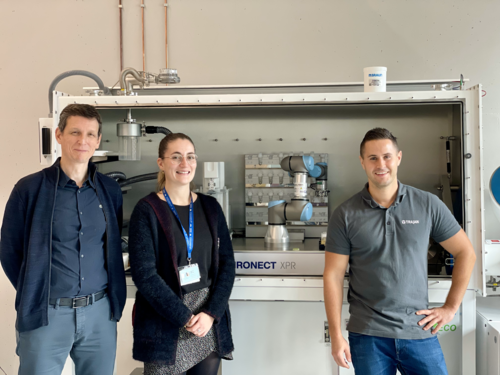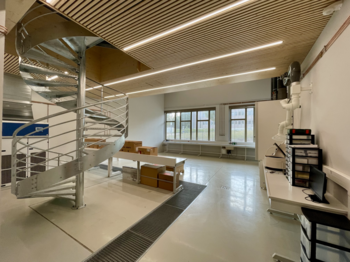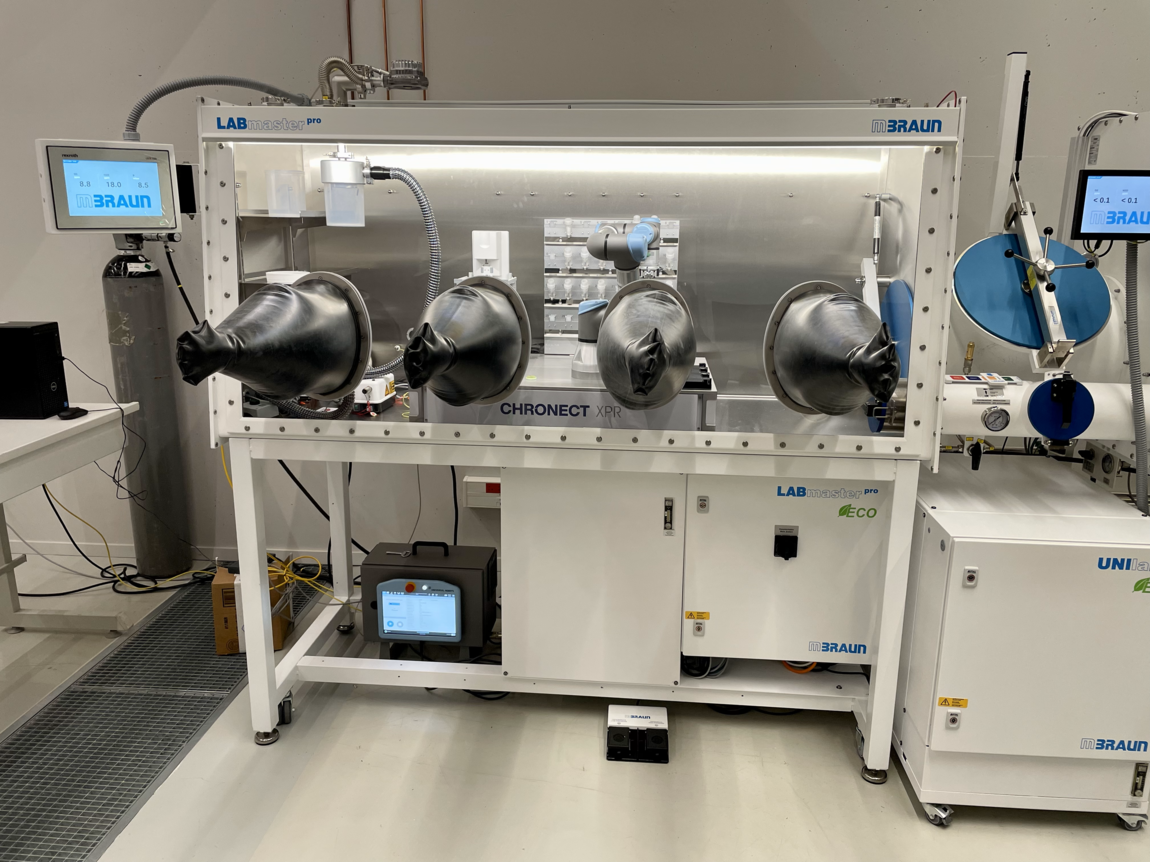
Accelerating the discovery of photo-induced processes for molecular and materials chemistry
As part of the MatLight project, the University of Haute-Alsace is establishing a cutting-edge high-throughput experimentation (HTE) center dedicated to exploring innovative chemical reactions with applications across diverse fields, including health, advanced materials, and polymers. The HTE center operates under the scientific leadership of the LIMA Laboratory (Dr. Nicolas Blanchard), and is managed by Dr. Laura Marchand, a Research Engineer.



